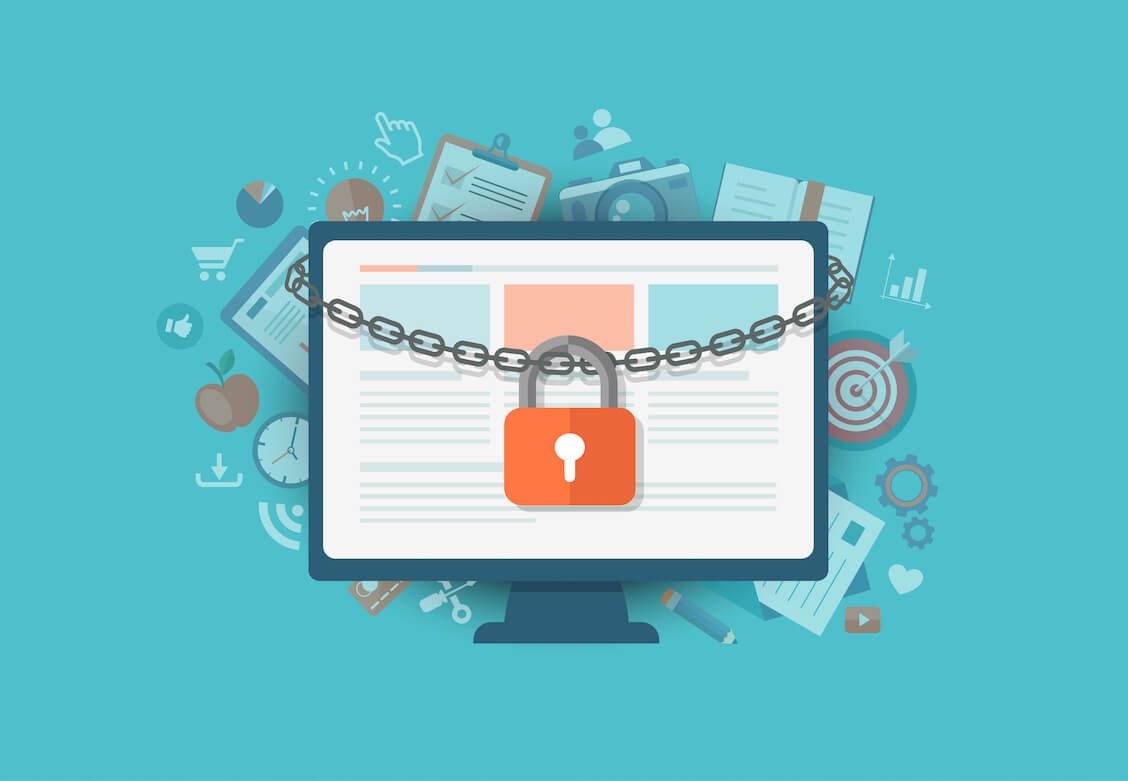Private notes are a form of encrypted messaging that allows users to exchange secure messages, often referred to as “notes,” that can only be accessed by the intended recipient. This is achieved through strong encryption protocols that scramble the content of the message, making it unreadable to anyone who needs to possess the correct decryption key. The key difference between private notes and traditional messaging apps is that the encryption and decryption of messages occur on the user’s device rather than on a central server. This means that even the service provider accesses the content of your messages, ensuring true privacy.
Each user has a unique pair of encryption public and private encryption keys. When you send a private note, your message is encrypted with the recipient’s public key, ensuring only they decrypt and read it using their private key, which is never shared or exposed. This end-to-end encryption (E2EE) ensures that your messages are secure during transit and remain confidential, even if someone gains access to the servers or your device. This fundamental principle sets private notes apart and makes them a powerful tool for secure communication.
Creating and using private notes a step-by-step guide
Choosing a private note service
Select a reputable private note service with strong encryption and a user-friendly interface. Look for services that provide:
- End-to-end encryption.
- Open-source code for transparency.
- A clear data privacy commitment.
Creating your account
Sign up for the chosen service, creating a secure account with a strong password. Many private note services will also offer two-factor authentication (2FA) for added security, which is recommended for enabling. You will typically receive your unique encryption key pair during the setup process. It is crucial to back up your encryption keys safely. You cannot decrypt and read your old messages if you lose access to your keys. Store your keys securely, preferably in multiple locations, such as on a USB drive and a secure cloud storage service have a peek here.
Adding contacts
This to send a private note typically involves exchanging public encryption keys with the other person. Some services may offer a contact discovery feature, allowing you to find and connect with other users more easily.
Composing and sending a private note
Compose your message as you would with any other messaging app. Depending on the service, you can also attach files securely. Before sending, ensure the message is encrypted with the recipient’s public key, which should be displayed during the composition process.
Some private note services offer the ability to set a message expiration time, after which the message will be automatically deleted from the recipient’s inbox. This adds an extra layer of security to minimize the risk of messages being accessed by unauthorized individuals.
Receiving and reading private notes
When you receive a private note, the message will be encrypted with your public key. To read it, you must decrypt the message using your private key, which is stored securely on your device. The content will then be displayed; you reply or take other actions as needed.
Additional security features
Explore the additional security features offered by the private note service. This could include self-destructing messages, password-protected notes, or even biometric authentication for added convenience and security. Businesses adopting private notes should consider providing training and guidelines to ensure consistent and effective use. Educate your employees on the importance of secure communication and how to recognize and avoid potential security risks phishing attempts or unauthorized access.







